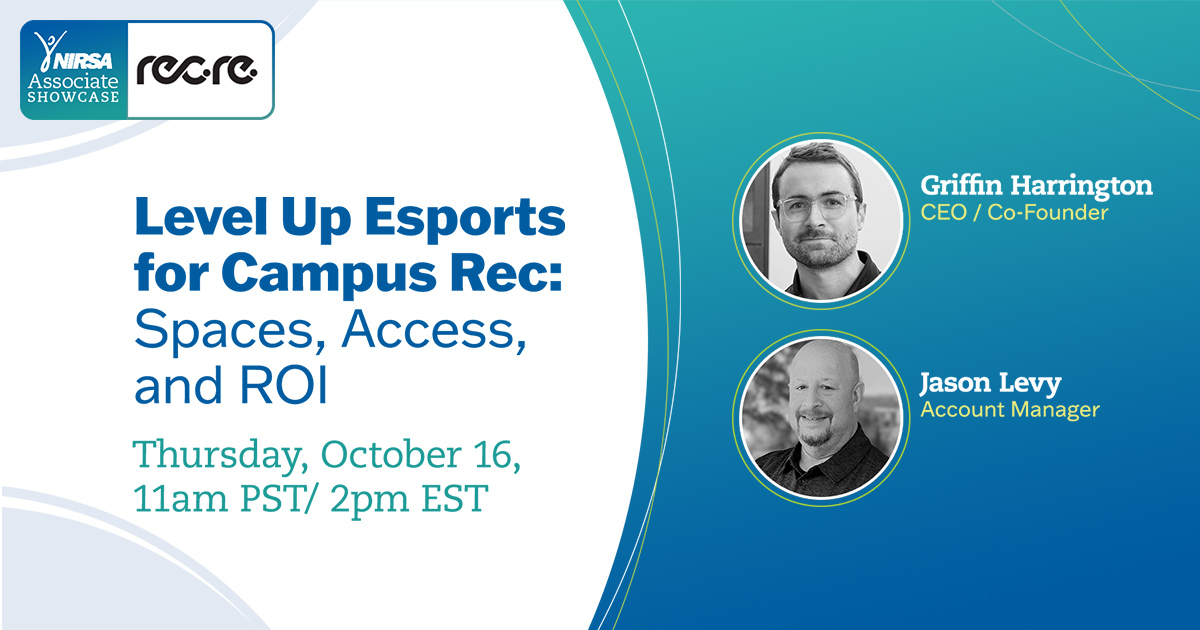By Pam Su, Director of Campus Recreation at San Francisco State University and Annual Director on the 2015-2016 NIRSA Board of Directors
The 2014 Women’s Leadership Institute—held this past December in Dana Point, California—is one new trailhead on my journey toward practicing better leadership. NIRSA is one of this Institute’s sponsoring organizations and one of the featured speakers was NIRSA Past President Jan Gong, who spoke on navigating the political landscape. Of the 200 attendees, about 10% of us were from collegiate recreation—when we met up there as a NIRSA group, it felt familiar, like a really nice women’s issues roundtable.
One thing I really enjoyed about the Institute is that it attracted women from all campus functions, and with experience levels ranging from entry level employee to university president. I attended as one of 12 Educators-in-Residence; my role was to lead small group discussions after each of the plenary sessions to help dive deeper into the issues and topics presented.
I was fortunate to be in a diverse group of 15 women from all over the country and with varied professional backgrounds. Each time we gathered for our 45 minutes together, the insights and wisdom poured out in force. It’s true, there is a different dynamic that tends to emerge when a group of women come together than the dynamic that forms in a mixed-gender group. The sense of nurturing and a shared desire to boost each other up was palpable. I believe this happens partly due to the statistical disadvantages that women are presented with.
To help frame the start of the institute, the following figures were presented from the national study Benchmarking Women’s Leadership in the United States: women comprise just 32% of Chief Academic Officers at doctoral institutions, 22% of Presidents at doctoral institutions, and 28.4% of Board of Trustees at academic institutions. The percentages for individuals who identify as women of color are even more disproportionately uneven.
These statistics are shocking to me. This is not because I feel there is a need to displace male leadership, but that there is a need to increase women’s leadership and influence throughout all sectors of society. Women often see things differently from men—we often take a different approach. Having women at the leadership table provides a diversity of perspective and understanding that may be lacking when we are absent. So, I’ve learned that when I am invited to the table, I remember to “Mind the Gap”—to look around and ask, “Who else belongs at this table?”
The entire Institute program was thought-provoking and engaging—and I especially enjoyed two sessions in particular: “Leaning In for Women’s Financial Well-being” and the closing keynote speech by Dr. Phyllis Wise, Chancellor of the University of Illinois at Urbana-Champaign. The financial well-being workshop was very educational and a good reminder that it is each person’s responsibility to learn about and take action regarding their own financial and retirement strategies—and the sooner the better. Many universities give their employees free face-to-face access to financial advisors through their human resources office, so I encourage you to look into whether this resource is available to you. The session served as the decisive nudge I needed to set up my supplementary monthly retirement allocation through work, which I hadn’t done since my own professional transition into a new job over a year-and-a-half ago.
Chancellor Wise closed the conference by telling the story of her career path—of how she went from becoming a professor in biology to becoming a university chancellor. She shared stories of many challenges she met along the way, how she managed crises, how she asked for help, and what she learned. It was an invaluable hour of “lessons learned” from a top leader at a major university. I was extremely grateful for her willingness to share both the good and the bad.
My experience at the 2014 Women’s Leadership Institute is one that I’ll carry forward into my own leadership growth at San Francisco State University and within NIRSA. I feel like I am right where I’m supposed to be—partly due to hard work, and partly due to being in the right place at the right time. I am grateful to many mentors, leaders, and experiences that have helped shape me into who I am today.
The Women’s Leadership Institute was one more of those experiences that helped reiterate for me what it means to be a female leader, and how impactful my voice can be when I use it.
For more information about the Women’s Leadership Institute, please contact NIRSA.







